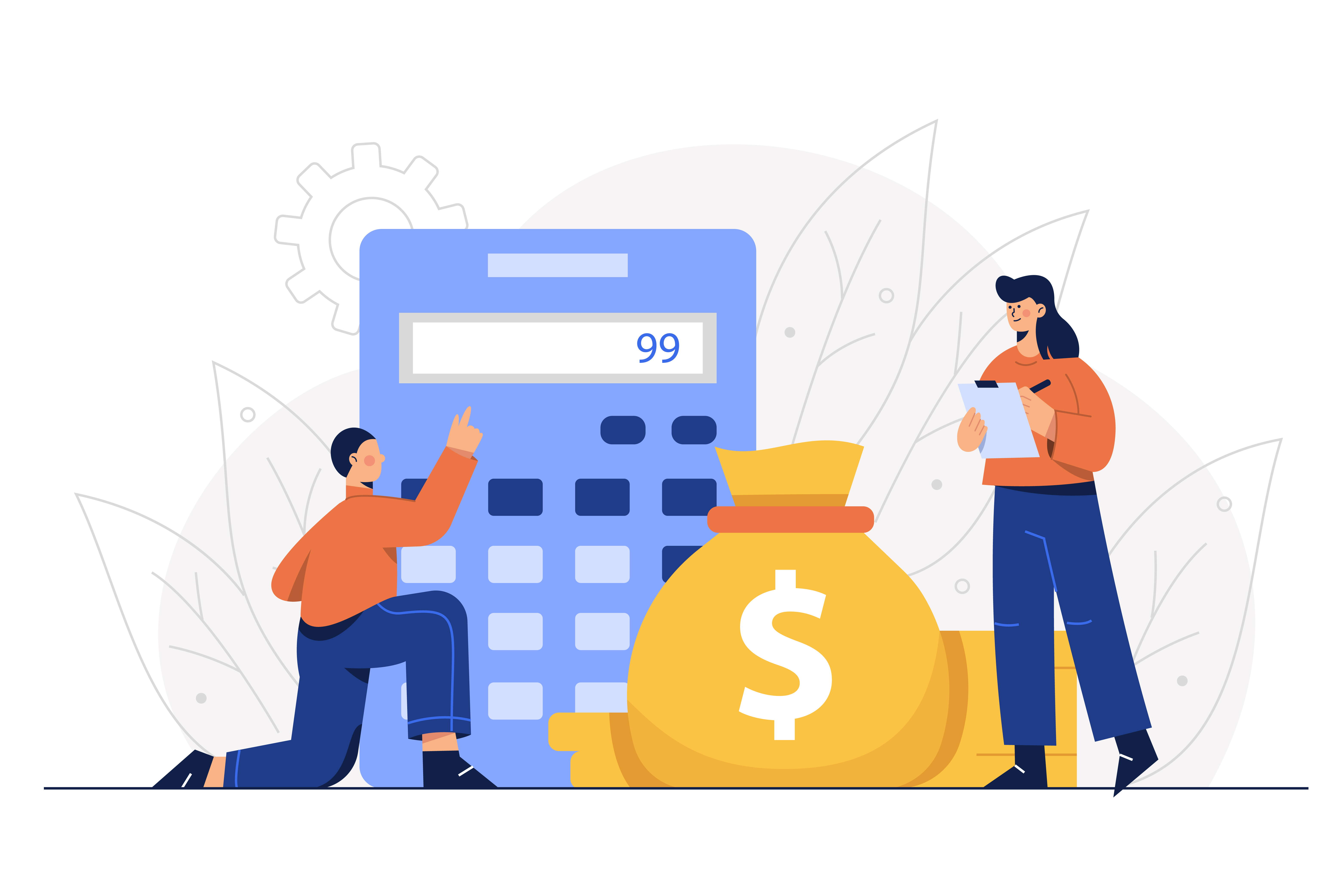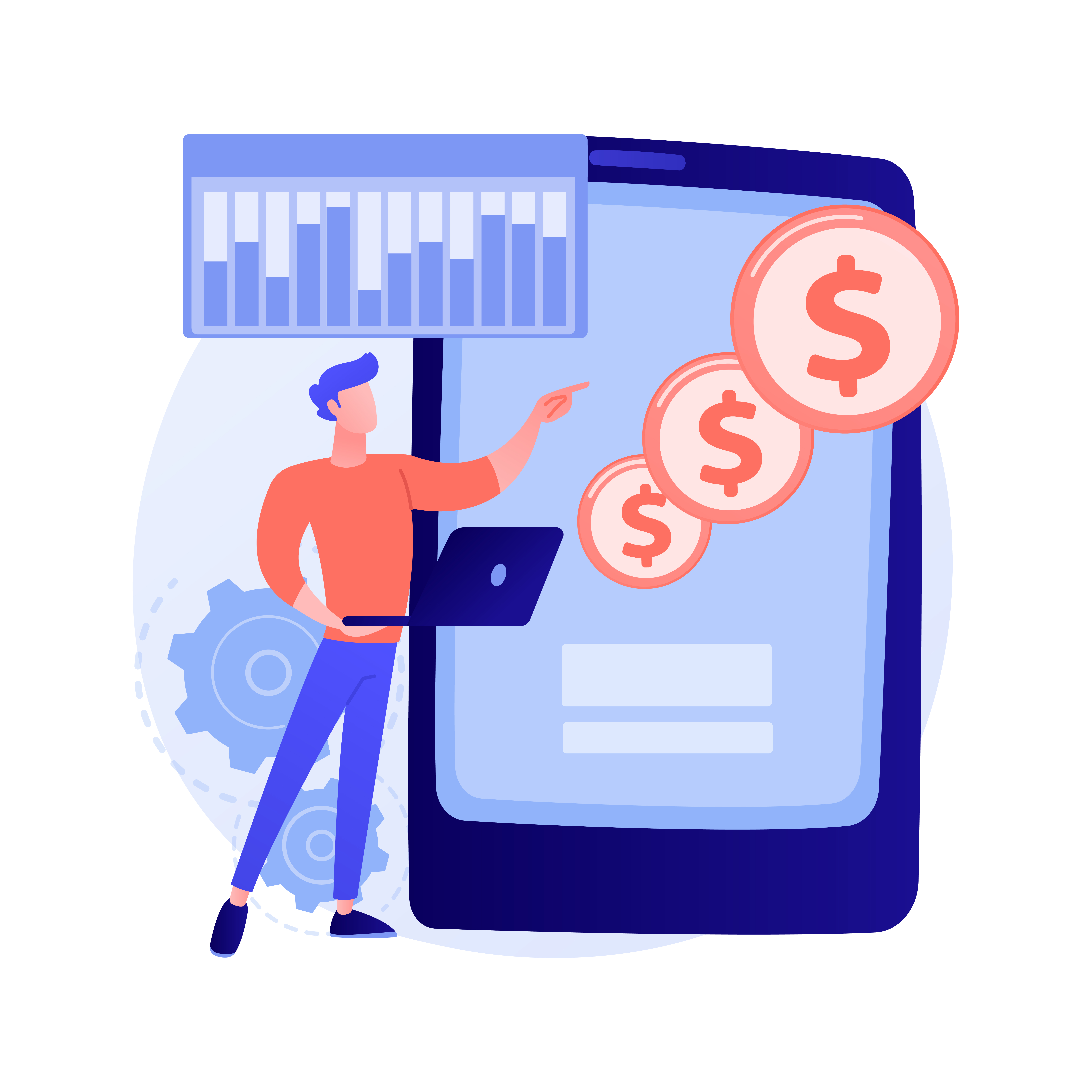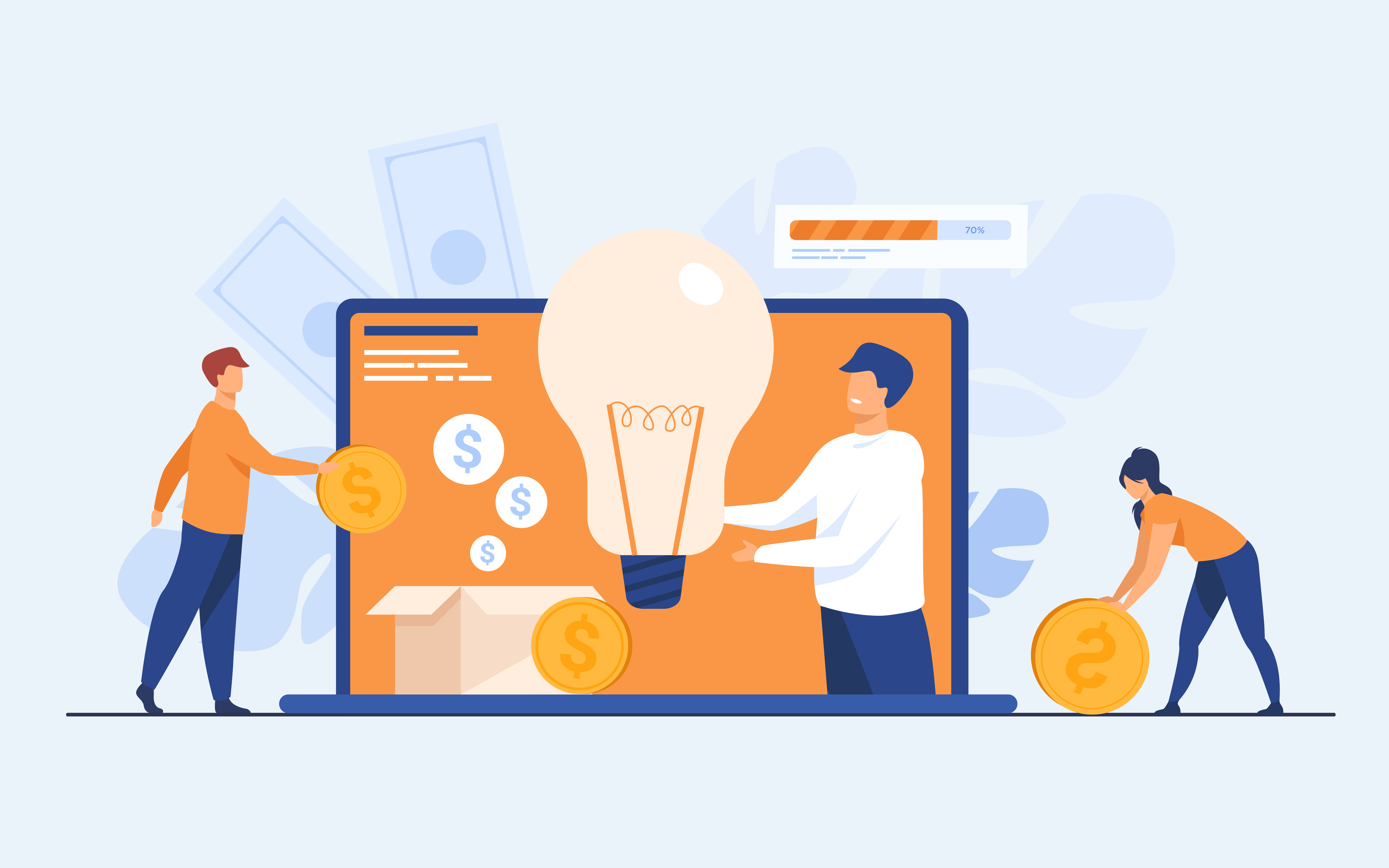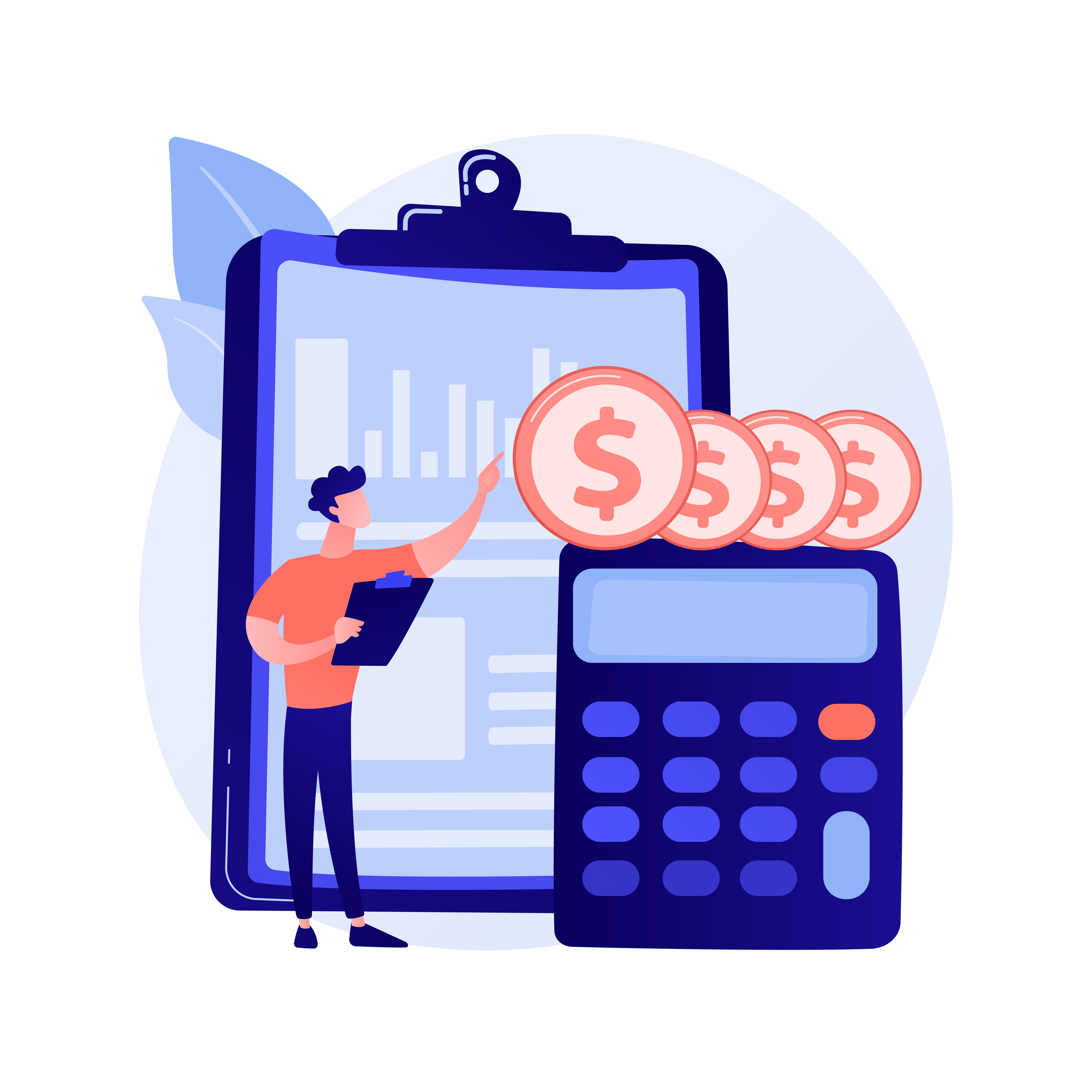In an increasingly competitive market, SaaS providers need to keep developing their service to ensure that it stays relevant and appealing. This includes updating their pricing models to reflect changes in customer preferences. Right now, many businesses have a strong preference for usage-based pricing. This means that offering it can give SaaS providers a significant advantage over competitors that stick with flat-rate pricing.
What is usage-based pricing?
There are many ways of charging for services in the SaaS sector, with approaches ranging from cost-based, value-based, competitor-based, premium pricing or even penetration pricing. After deciding on an approach, merchants opt for a pricing model, which is usually closely linked to the value the service provides. Some of the most widely adopted models on the market right now include charging a simple rate based on access (flat-rate pricing) and charging based on usage (usage-based pricing). Here is a quick guide to the main advantages and disadvantages of each pricing model.
Flat-rate pricing
The main advantage of flat-rate pricing is its simplicity. The provider knows exactly how much income they will receive per billing cycle. The customer knows exactly how much they will pay per billing cycle, this cost predictability being preferred by customers who allocate fixed budgets for services they buy. The simplicity of flat-rate pricing makes it easy to automate the charging and payment process. This reduces administration on both sides. It can therefore also lower costs.
The main disadvantage of flat-rate pricing is that it’s extremely difficult to set flat-rate prices fairly. With low-value transactions, the lack of fairness can be a reasonable trade-off for the benefit of simplicity. As the value of transactions increases, however, so does the impact of unfair pricing.
Some providers try to deal with this by using hybrid pricing models. These can have a flat-rate element and a usage-based element. This means they can offer significant improvements on basic, flat-rate pricing. They are, however, still not as accurate as full usage-based pricing. Other providers opt for a tiered pricing model, in which multiple service tiers are offered to users, each higher tier providing additional incremental value on an increasing scale. This has the advantage of increasing the customer’s perceived value of the product, but it does raise the challenge of increasing service quality to support premium tiers.

Usage-based pricing
The main advantage of usage-based pricing is that it directly correlates to a customer’s usage, so from the fairness perspective, this model gains the most popularity. The main disadvantage of usage-based pricing is that it is significantly more complex to implement than flat-rate pricing, which comes with several challenges.
The first one is to determine what specific approach you want to take to usage-based pricing. Essentially, this means you need to decide if you’re going to charge the same price per unit regardless of volume or if you’re going to offer a volume discount. If you are going to offer a volume discount, you then need to decide how that will be applied.
Once you have determined your basic usage-based pricing strategy, you then need to implement it. This means you need to meet three basic requirements. Firstly, you need a way to track usage accurately. Secondly, you need a way to convert the results of your tracking into data your billing system can understand. Thirdly, you need a way to bill variable amounts per billing cycle accurately.
In the real world, you will also need to think about the implications for customer support. If you are transitioning from flat-rate pricing to usage-based pricing, you will need to communicate this to your existing customers, good time in advance of charging them for the first time. This is very likely to prompt questions. Then, when customers start to receive their usage-based bills, they are more likely to have questions regarding them. You will need to be prepared with detailed price calculations emphasizing a full transparency.

Some real-world examples of usage-based pricing
AWS (Amazon Web Services) – Customers can choose between service bundles priced at a fixed rate and usage-based pricing. They can also combine the two options. For example, they can use service bundles for their core needs. These can be extended with services charged through pure usage-based pricing. This is an example of full flexibility where the customer is in charge of opting for the most suitable pricing configuration.
Twilio – The default chargeable option is usage-based pricing charged per API call. Twilio provides volume discounts to encourage customers to use them as much as possible. They also support committed tariffs for their highest-volume customers.
Courier – Initially, Courier had pure usage-based pricing because that was what their suppliers were using. Usage-based pricing is still their default pricing option. Now, however, they also offer hybrid plans. These have a fixed-rate element and a usage-based element.
Understanding the drive for usage-based pricing
The drive for usage-based pricing reflects the fact that effective cash flow is vital to all businesses. It’s particularly important for SMEs and start-ups. This is because they are unlikely to have extensive cash reserves and/or easy access to credit. These businesses, therefore, need to be very careful about how and when they deploy the cash they have.
There are two key ways usage-based pricing helps merchants with their cash flow. Firstly, it means that businesses are only charged when they use a service. The fact that businesses are using the service means that they have work that requires it. This work will generate the income they will use to pay for it.
Secondly, it gives merchants a high level of control over the way they manage their costs. With usage-based pricing, businesses can allocate costs to projects very precisely. This can make it much easier to see which projects deliver the highest profit margins. Also, it can offer valuable input for improving the business areas with lower performance.
For some businesses, usage-based pricing also makes it easier for them to be more transparent in the pricing they offer their clients. This could be a meaningful competitive advantage for them and it offers the chance to strengthen the relationship with the customers by enforcing the trust.
How usage-based pricing benefits SaaS providers
The most obvious benefit usage-based pricing offers SaaS providers is that users like it. Anything that makes customers happy tends to benefit providers. There are, however, several less obvious benefits of usage-based pricing. Here are five of the main ones.

Providing a simpler path to adoption
As a rule of thumb, the higher the value of a purchase, the higher the level of sign-off it needs. Traditional flat-rate pricing may need to be signed off by the C-suite, or at least the CIO. At a minimum, you can expect to need it to be signed off by a head of department.
Usage-based pricing, however, can often be signed off by the users themselves. At most, it may need to be signed off by a head of department. This means that usage-based pricing fits very well with product-led growth strategies.
Expanding your business’ total addressable market
Offering usage-based pricing opens up your service to customers who cannot (or do not want) to commit to flat-rate pricing. This can significantly extend your total addressable market. In particular, it can make you a very attractive option for SMEs and start-ups.
Enabling higher customer retention
If customers know they will only be charged when they use a service, they are under no pressure to cancel it when they are not using it. When they need that service again, they are very likely to return to you since you will be the service they are familiar with.
Boosting growth
The standard path to business growth is to retain customers for as long as possible while acquiring new ones. Usage-based pricing encourages existing customers to stay with you and expands your total accessible market. It, therefore, provides a solid basis for growth.
This growth can unlock further benefits. In particular, it can help to boost your marketing. Firstly, the more customers you can attract, the higher your potential to benefit from word-of-mouth recommendations. Secondly, companies on a growth path are more likely to generate interest from the media. Organic, favourable, media coverage is, essentially, free marketing collateral.
Increasing revenue
Growing your customer base should grow your overall revenue. It should also make it easier for you to increase your average revenue per user. For example, it will give you more opportunities to leverage strategies such as upselling and cross-selling. The astute use of discounts, promotions or vouchers can help this even further.
An indirect benefit of this is that it can make your company more attractive to both lenders and investors. This can be very useful if you need financing.

The challenges of usage-based pricing for SaaS providers
The initial challenge of usage-based pricing is the technical complexity of implementing it. There are, however, some other issues SaaS providers need to consider. Here are the three main ones.
It’s easier for users to leave the service
This is a reality of usage-based pricing. In and of itself, however, it should generally not be a reason to avoid implementing it. The best way to look at this reality is to see it as a reason to keep delivering the best service you possibly can.
Delivering a great service will incentivise users to stay with you because they want to. It will therefore help to foster good, long-term relationships with them based on trust. By contrast, if you try to force users to stay by locking them into contracts, you risk making them frustrated and resentful. This may lead to them leaving as soon as they can and spread the word in the business market about their experience. Useless to mention, this will lead to a bad reputation difficult to recover from.
It can be harder for SaaS providers to manage their cash flow
There are two ways, usage-based pricing creates issues for effective cash-flow management. The first is that you can only bill your customers after they’ve used the service. This means that it can take a billing cycle (usually a month) before you get the benefit of the revenue they generate.
You also need to account for payment issues. For example, if customers forget to update their card details or simply, they do not have enough money in their bank account at the time to be charged, their payments may be declined. These kinds of issues need to be handled quickly and tactfully. If they’re not, there is a high risk the customers will churn.
The second is that the nature of usage-based pricing is that it leads to variable revenue. This means that it can become even harder to make accurate forecasts. There are, however, a couple of ways this can be addressed.
Firstly, you can analyze your billing data. Over time, this is likely to build up a reliable pattern of usage at both macro- and micro-levels. Secondly, you can simply reach out to your customers and ask them about their plans. As long as you keep your communications within reason, your customers are likely to be perfectly happy to help you. They are very likely to see that helping you may well help them too.

There is often a greater need for ongoing user support
This has been touched on already but it’s worth highlighting. Usage-based pricing gives customers a high level of freedom to manage their costs through managing their usage. With great freedom, however, comes great responsibility. Customers, therefore, appreciate (and increasingly expect) providers to offer them tools to assist them with managing their use.
At a minimum, SaaS providers should offer their customers the ability to see their usage in real-time (or close to it). They should also provide users with the option to set caps on their spending. Ideally, they should send customers automated alerts when they reach specified usage thresholds.
These simple measures help to avoid customers running up bills that were much higher than they expected. They, therefore, help to promote trust between the customer and the provider.
It’s also highly advisable to have a clear path for resolving any issues with billing. In particular, if a customer does run up a high bill due to a lack of understanding of your service, then own your part in this. Once you’ve resolved the issue with the customer, see what you can learn from it. Then take steps to stop it from happening again. It is a good opportunity to learn on the go and continuously improve.
What usage-based pricing means in practice for SaaS providers
Implementing usage-based prices certainly brings challenges for SaaS providers. These challenges are, however, more than justified by the opportunities usage-based pricing offers.
Implementing usage-based pricing allows SaaS providers to continue to service businesses as they expand their use of AI. Increased automation will result in a higher percentage of service users being APIs rather than humans.
This means that if you want your business to succeed in the future, you really need to implement a usage-based pricing option as soon as you can. Get in touch with a reputable eCommerce provider to see how they can help you to make this happen.